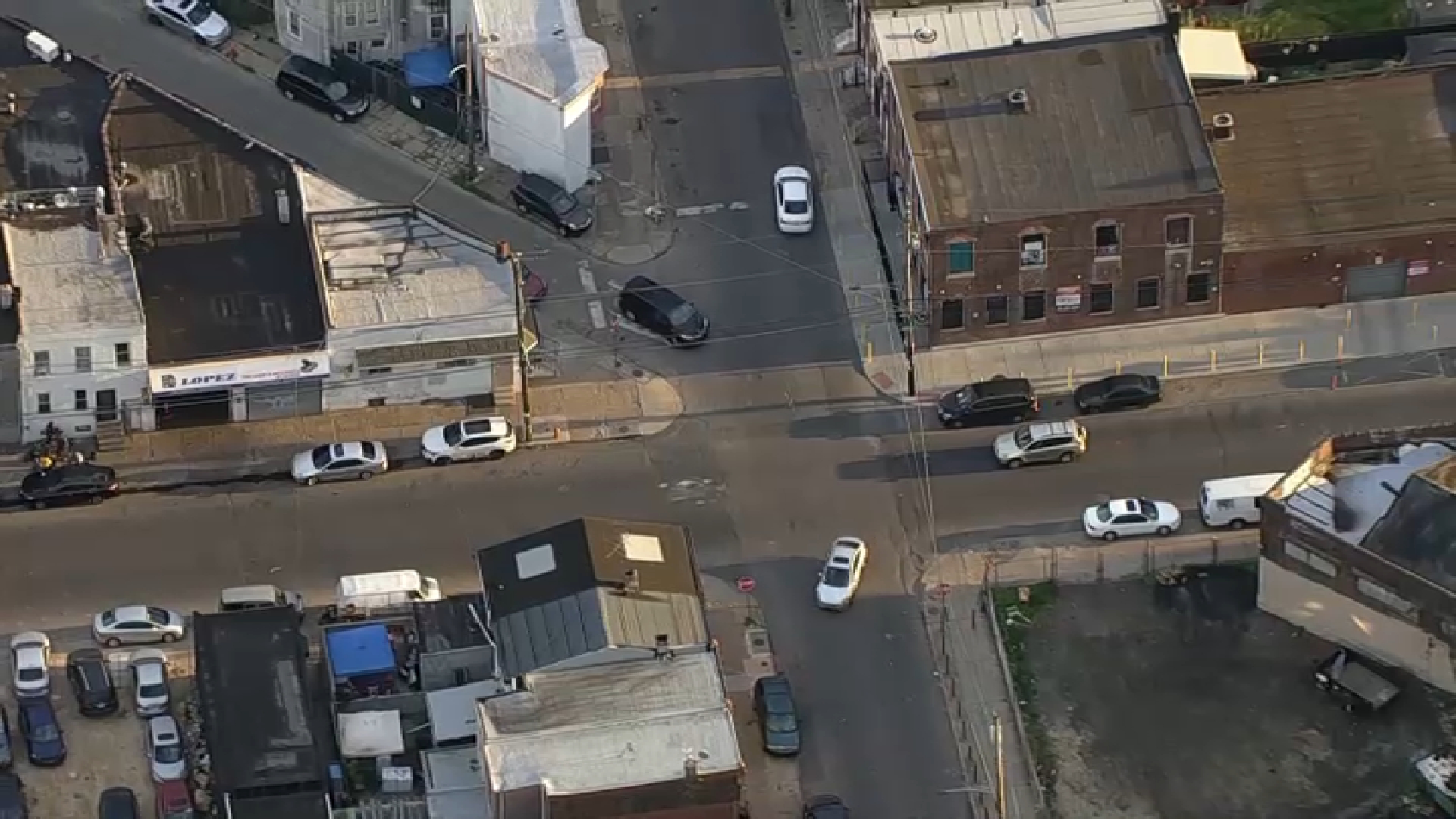The great cicada invasion you heard about for weeks? If it hasn't hit your neighborhood yet, it's not likely to happen.
“We tried to tell people as much as we could that there were going to be a lot of people that were going to be disappointed because these things are very patchy and they’re not going to be in everyone’s back garden,” said Chris Simon, professor of ecology and evolutionary biology at the University of Connecticut.
For weeks, people have waited. The "cicadas are coming" stories have been making the rounds for about two months. Some people in places like the Poconos and South Jersey got to dine -- and possible whine over the noise the mating "Magicicadas" (the name given to periodical cicadas) make. But the rest of us were left without the curious creatures that come out of the ground for a few weeks every 17 years.
“I think that some newspapers and TV stations picked up on it and hyped it and started sticking names like ‘Swarmageddon’ on it, which is not actually a very accurate description of what goes on and it kind of took on a life of its own from there,” said UConn researcher John Cooley, founder of the Magicicada Mapping Project.
This year’s cicadas are party of Brood II, one of 12 remaining documented periodical cicada groups that emerge on their own 17-year cycles. To emerge from the ground, the cicadas rely on several factors, but most importantly they need the ground to warm to 64 degrees.
The ground did warm but the cicadas did not emerge and that actually was what the experts expected for people in the immediate suburbs of Philadelphia.
“I would expect now with the run of weather that we’ve had and the fact that it has gotten warm… all the major emergence is done,” Cooley said. “The number of nymphs that are gonna come out of the ground from here on out is going to be very, very limited. So if you don’t have them you’re probably not going to have them on this cycle.”
Local
Breaking news and the stories that matter to your neighborhood.
So what happened?
“People knew that there were periodical cicadas in the area but they forgot what year it was and so they just expected to see them again,” Simon said.
The lesson is that cicadas emerge in patchy patterns that up to this point have been hard to track.
The Philadelphia region does see cicadas during Brood II but other Broods like Brood 10 and Brood 14 could be more likely to emerge.
“It’s a combination of the fact that’s there’s more than one brood in the Philadelphia area and that certainly some of the populations may have gone extinct for one reason or another,” Cooley said.
“Philadelphia is not a huge periodical city, not like Baltimore or Washington, D.C.,” Simon said.
“It’s a fair question: ‘what brood certain parts of Philadelphia are actually in?’ But they may not be in Brood 2 in which case it may have been unreasonable to have expected them in the first place,” Cooley said.
The cooler, wetter spring also may have delayed the emergence.
“They were a little bit later but because of the strange spring the emergence was more drawn out form place to place,” Simon said.
So is it possible that cicadas could still emerge in your backyard this summer?
“If you see a cicada in Philadelphia chances are it’s the annual cicada, which we get every year, not every 17 years,” said Stephen Mason with the Academy of Natural Sciences’ Entomology department. The annual cicada is larger and doesn't have the periodical cicadas' red eyes.
Otherwise, this year’s cicada season appears to be on the downswing. Even in places where cicadas have emerged, they have likely begun the week or two long process of mating, laying eggs and dying off.
Part of the hype that was raised this year was due to the Internet -- people sharing maps and anecdotes of where the insects would rise.
“There’s a proliferation of bad maps out there, old maps, that over generalize the distributions of the cicadas and so all of a sudden you have a lot of pope expecting cicadas emergences,” Cooley said.
Those bad maps may spread on the Internet but for the most part, the net and other technology like GPS has helped researchers like Cooley and Simon track magicicadas better than ever before as they try to pinpoint the patchy emergence of the insects for future reference. The website Magicicada.org posts maps and other information tracking the insects over time.
“Every brood is patchy and it’s hard to know how they were in the past because in the past we didn’t have the data mapping capabilities that we have now,” Simon said.
They are also working to track and determine whether certain groups of the insects are becoming extinct due to natural factors, dispersing of resources, generational global warming and/or urbanization.
“You have to be sure of what year you’re talking about and if you’re sure that the year was 1979 or 1996 and you don’t see them this year then they have probably died out from your area,” Simon said. “We would like to hear about it because we would like documented cases where people are absolutely sure of when they saw them and when they see them again.”
Basically if you see something (or don’t see something), say something.
One brood, Brood XI has already gone extinct from parts of Connecticut. But that doesn’t mean our Philadelphia cicadas are goners.
“Directly in the Philadelphia area it’s going to be Brood X in 2021,” Mason said.
In the meantime, Mason suggests Belleplain State Forest in Cape May County, N.J. as one of the best local places to see and hear cicadas. But hurry, the buggers should be all gone by July.



